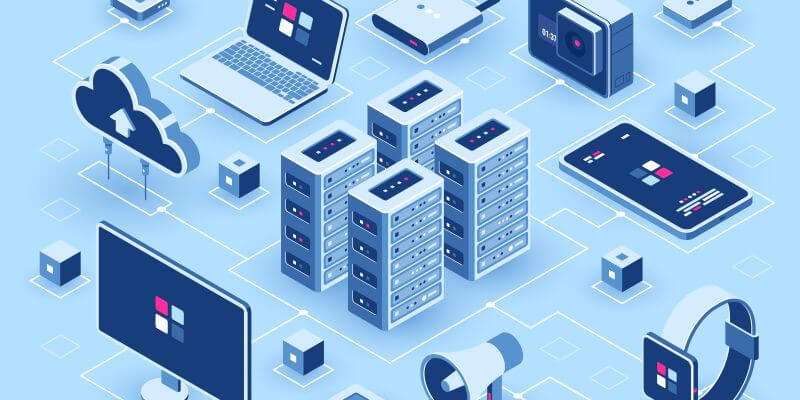Edge computing is transforming how enterprises utilize data, moving processing power closer to the source of data creation. This shift addresses the limitations of traditional cloud computing, where data is transferred to centralized data centers for processing and analysis. By bringing computation to the "edge" of the network, organizations can unlock numerous benefits, including reduced latency, optimized bandwidth, enhanced security, and cost savings.
One of the primary drivers behind the rise of edge computing is the proliferation of Internet of Things (IoT) devices. Billions of these devices, from sensors in factories to cameras in smart cities, generate massive amounts of data. Processing this data in the cloud can lead to delays and network congestion. Edge computing enables local processing of this data, allowing for real-time insights and actions. Gartner predicts that by 2025, 75% of enterprise-generated data will be created and processed outside of traditional data centers or the cloud, a significant jump from just 10% in 2018. This shift highlights the growing importance of edge computing in managing the explosion of data from IoT devices.
Reduced latency is a key advantage of edge computing. By processing data closer to the source, the time it takes to transmit data to a central server and receive a response is significantly reduced. This is crucial for applications that require real-time decision-making, such as autonomous vehicles, industrial automation, and augmented reality. In these scenarios, even a few milliseconds of delay can have significant consequences. Studies show that edge computing slashes latency to under 5 milliseconds, compared to the 20-40 milliseconds typical of cloud computing.
Bandwidth optimization is another significant benefit. Transferring large volumes of raw data to the cloud can strain network resources and increase costs. Edge computing reduces bandwidth usage by processing and analyzing data locally, and only transmitting relevant information to the cloud. This approach is particularly beneficial for data-intensive industries such as finance, communications, and technology, where it can lead to substantial cost savings.
Edge computing also enhances data security. By keeping sensitive data closer to its source, the risk of interception during transmission is minimized. Localized processing and storage can also help organizations comply with data privacy regulations by ensuring that data does not leave its jurisdiction. Furthermore, edge security is more granular, allowing access management to be set at user or node levels. This makes it more challenging for cybercriminals to access complete data sets.
Cost efficiency is another compelling reason for enterprises to adopt edge computing. By reducing reliance on central data centers and remote cloud services, organizations can lower the costs of data transmission and storage. Edge computing also optimizes resource utilization, allowing enterprises to achieve higher cost-effectiveness while maintaining high performance. Global spending on edge computing is estimated to reach $232 billion in 2024, an increase of 15.4% from 2023, and is projected to be near $350 billion by 2027.
Several factors are accelerating the adoption of edge computing, including the rollout of 5G networks. 5G provides the high-speed, low-latency connectivity required for edge computing applications, enabling seamless data transmission between devices and edge servers. Artificial intelligence (AI) and machine learning (ML) are also playing a crucial role, with edge computing facilitating the deployment of AI and ML models closer to the data source. This enables real-time analytics and decision-making, improving operational efficiency and creating new business opportunities.
Looking ahead, the future of edge computing is bright. Federated learning, a technique that allows machine learning models to be trained across decentralized edge devices while preserving privacy, is expected to gain prominence. Developers will increasingly create applications specifically designed for edge environments, leveraging the unique capabilities of edge servers and devices. AI-powered orchestration tools will optimize the allocation of computing resources at the edge, ensuring efficient data processing and minimal latency. Edge computing will evolve to offer Edge-as-a-Service (EaaS) solutions, enabling businesses to access edge resources on demand and reducing the barriers to entry. As enterprises gear up for the future, edge computing will expand its role as a critical enabler for digital transformation across industries.















